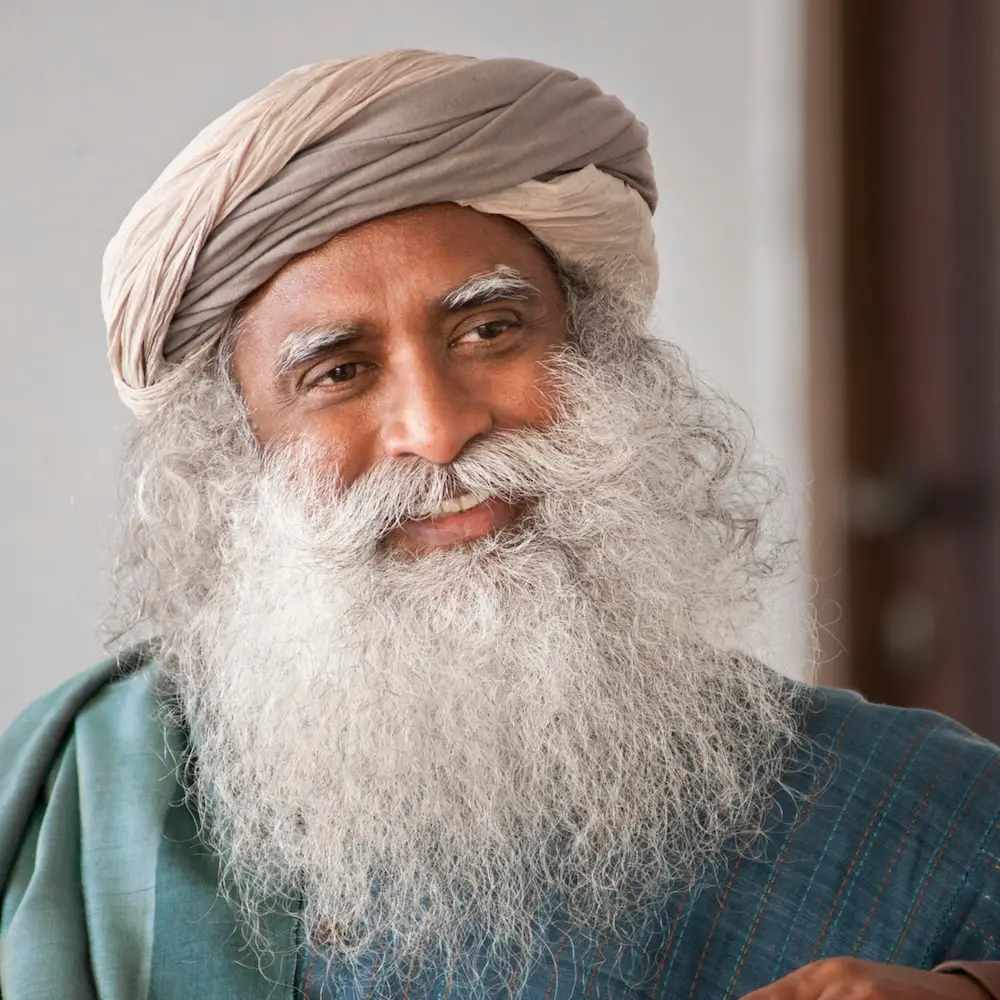Joy and happiness are often used interchangeably, but they are not the same. In fact, solving the joy vs. happiness debate can be a crucial step in your personal growth journey.
While both are paramount for living a fulfilling life, they bring about different levels of fulfillment.
Understanding the nature of joy and happiness can help you identify what truly brings you long-lasting contentment and peace, independent of external circumstances.
What is the emotion of joy?
Are joy and happiness the same? To answer the question, let’s first explore what joy is.
Joy is a powerful and transformational emotion that has the power to make your life fulfilling without any external reason. It transcends simple pleasure or ephemeral excitement, and there are numerous ways to feel it intentionally.
Neurologically speaking, the experience of joy involves various parts of the brain, so it’s a complex process.
From a spiritual point of view, it’s the ultimate state of being when you feel unshakable inner tranquility and unconditional contentment.
In fact, according to Sadhguru, a venerated yogi and trainer of Mindvalley’s A Yogi’s Guide to Joy, it’s the result of becoming fully alive. He says, “When you become fully alive, you are joyful and blissful without any reason.”
It means that being fully alive gives you enough reason to choose joy as your everyday experience.
What’s the difference between happy and joy?
Theologically, spiritually, psychologically, and even neurologically, joy and happiness are viewed differently from each other.
Here’s a comparison chart showing the main difference between joy and happiness.
| Aspect | Happiness | Joy |
| Meaning | An overall sense of contentment, gratification, and satisfaction with life. | A strong feeling of enjoyment, bliss, exuberance, euphoria, and delight. |
| Spiritual connotation | Depending on personal ideas and ideals, it may or may not have a spiritual or transcendent meaning. | Is seen as an essential aspect of one’s spiritual journey and often interpreted as a connection to a higher power or feeling of oneness. |
| Objectivity | Happiness is subjective and personal. | Joy is universal. |
| Causes | Often results from outside circumstances like attaining a goal, accumulating material possessions, or getting validation. | Usually internally generated from a feeling connected to others, a deep sense of gratitude, or experiencing a sense of purpose. |
| Duration | Usually lasts longer than joy, but not necessarily permanent. | Often fleeting but intense. |
| Source | Relationships, career, material possessions, and personal achievements. | Experiences, moments of joy, a universal fountain of joy. |
| Neuroscience | Activation of the left prefrontal cortex and the release of dopamine, serotonin, and endorphins. | Activation of the right prefrontal cortex, amygdala, and insula, and the release of dopamine, serotonin, and opioids. |
| Vibrational frequency | Vibrational frequency is around 300–400 Hz. | Vibrational frequency is around 540–600 Hz. |
| Precursor | Preceded by a positive event or circumstance. | Can arise spontaneously. |
| Intensity | May be less intense than joy, but it can still be a positive and uplifting emotion. | Typically more intense than happiness, it is often described as a “burst” or “surge” of positive emotion. |
| Impact | Can positively influence overall well-being and contentment. | Can have a profound impact on mental and emotional health, leading to increased resilience, a more positive outlook, and a deeper sense of purpose. |
| Cultural views | Highly valued in Western cultures and often seen as a destination point. | Valued and celebrated primarily in Eastern cultures as a key to living a fulfilling life. |
In essence, unlike happiness, joy is an internal affair that is self-existent and does not depend on external factors. And this is one of the most striking differences between the two.

Are peace and happiness the same?
In the joy vs. happiness debate, some may wonder if peace and happiness are one and the same. Though peace and happiness can be used interchangeably, these two states of being are slightly different:
- Happiness is an externally-driven emotion, generated by external circumstances. Often, it’s a very individual experience, based on one’s unique values.
- In contrast, peace is an internal state of freedom from any agitation, coming from the outside world. It’s a state of tranquility and harmony. Moreover, it can be felt on an individual level, but most often, peace is shared between community members and countries.
What we can learn from the joy vs. happiness debate
This discussion is not just an intellectual investigation; it is a vital spiritual inquiry that can help you access the inner state of joy and choose it as a way of living.
The nature of joy is inherently different from that of happiness. As Sadhguru puts it, “Joy is an inside job, while happiness is dependent on external factors.”
He explains that people try to become alive using external things like money, relationships, sex, power, and even spirituality.
While there is nothing inherently wrong with these things, they are fleeting and temporary and can make you fully alive only for a moment.
So, here are a few invaluable lessons we can learn from this debate:
1. Joy is a choice
You have the power to choose joy in every moment, regardless of your current circumstances. By taking responsibility for your life and choices, you can respond to any situation from a place of inner joy and gratitude for being alive.
2. Joy is contagious
Unlike happiness, which is utterly subjective and personal, joy is universal. When you are joyful, you radiate that energy outward, becoming a beacon of light and positivity for others. It’s called emotional contagion. So by choosing joy, you choose more joy in your closest environment.
3. Joy is self-generated
Joy is an inner state of contentment and fulfillment that is independent of external factors because it arises from within. Regardless of your circumstances or life situations, this state of being can be cultivated through practices such as meditation, mindfulness, and spiritual seeking.
How can you be happy and joyful?
Many, if not all, of us have come across this question: How can I be happy and joyful?
According to Sadghuru, becoming fully alive is what makes you naturally happy, exuberant, and joyful.
Most people suffer because they are half-alive. They are physically and mentally alive, but it’s not enough. So what they do is desperately try to enliven themselves through external means: money, relationships, sex, power, and even spirituality.
— Sadhguru, trainer of Mindvalley’s A Yogi’s Guide to Joy
But the only way to attain joy from within is to take responsibility for your life. It’s your ability to respond, which is your ability to be alive.
When you take responsibility for more than just what’s comfortable in your life, your ability to respond becomes limitless. So is your inner joy.
Finding your path to joy
Think of yourself as a complex life energy that’s capable of finding all kinds of expressions, from joy and bliss to suffering and pain. It means that you are capable of creating a joyful life for yourself if you choose to. So, how can you do it?
Based on Sadhguru’s teachings, if you know how to make a moment joyful, you can live joyfully. And if you aspire to learn how to create joy from within, moment by moment, join Sadhguru on A Yogi’s Guide to Joy Quest. In 15 days, you will learn how to engineer yourself the way you want yourself to be and how to playfully and joyfully manage your life.
The best part is that you can sample a class of this Quest by unlocking your free access.
Welcome in.








